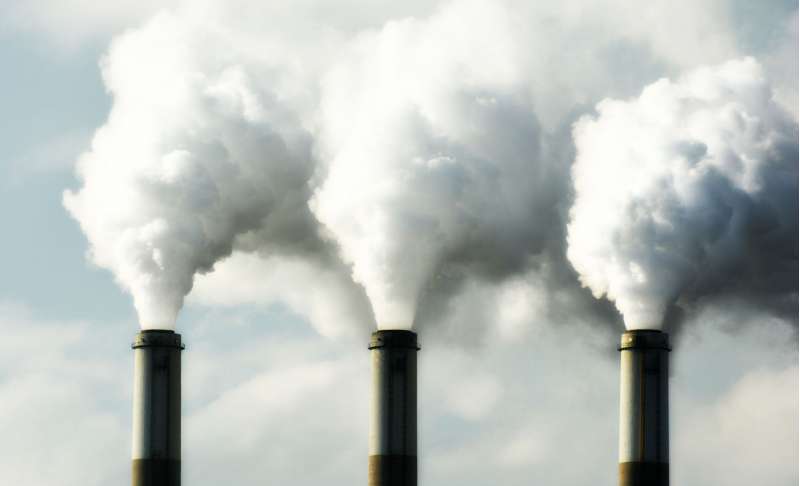Pandemic 2020 Reduces World Carbon Dioxide Emissions By 7%

New preliminary estimates show that a locked-down pandemic-struck planet has cut its carbon dioxide emissions by 7 percent this year the largest decrease ever. The Global Carbon Project, a leading organisation of hundreds of foreign pollution monitoring scientists, predicted that by 2020, the planet would have put 37 billion U.S. tonnes (34 billion metric tonnes) of carbon dioxide in the air. According to a report published in the journal Earth System Science Data on Thursday, that's down from 40.1 billion US tonnes (36.4 billion metric tons) in 2019. Scientists believe this decline is mostly because people stay at home, travel less by car and plane, and that after the pandemic ends, emissions are supposed to jump back up. Land transport accounts for about one-fifth of carbon dioxide emissions, the largest heat-trapping gas that is man-made.
"Lockdown, of course, is absolutely no way of tackling climate change," said study co-author Corinne LeQuere, a climate scientist at East Anglia University. Depending on the progression of COVID-19, the same group of scientists expected emission drops of 4 percent to 7 percent months earlier. The decline was pushed to 7 percent by a second coronavirus wave and ongoing travel reductions, LeQuere said. In the United States and 11 percent in Europe, emissions fell 12 percent, but just 1.7 percent in China. That's because with less of a second wave, China had an earlier lockout. China's emissions are also more developed than other nations, and its sector has been less affected than transport, LeQuere said. The measurements were lauded as reliable by outside scientists, based on studies documenting energy usage, industrial development and everyday mobility counts. And with the decline in 2020, the planet places 1,185 tons (1,075 metric tons) of carbon dioxide in the air every second on average.
Final statistics released in the same report for 2019 indicate that the largest man-made heat-trapping gas emissions rose just 0.1 percent from 2018 to 2019, much smaller than annual jumps of about 3 percent a decade or two earlier. Scientists are asking if 2019 is the height of carbon pollution, even with emissions projected to increase after the pandemic, LeQuere said. "Certainly, if we can keep the global community together we are very close to the emissions peak," said United Nations Development Director Achim Steiner. Chris Field, director of the Stanford Woods Center for the Environment, claims that emissions will increase after the pandemic, but said I am optimistic that we have learned some lessons that can help reduce emissions in the future as a society For example," he added, "as people get good at telecommuting a few days a week or realise that they don't need quite so many business trips, we may not need quite so many business trips."
TAGGED :




